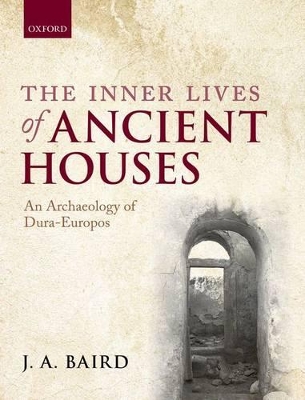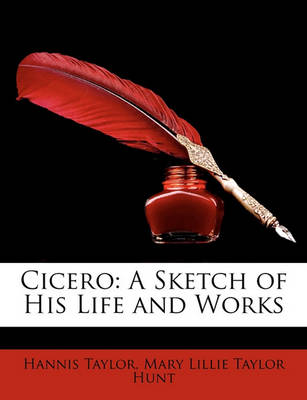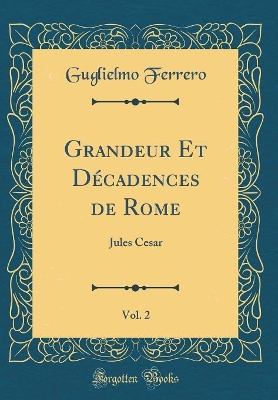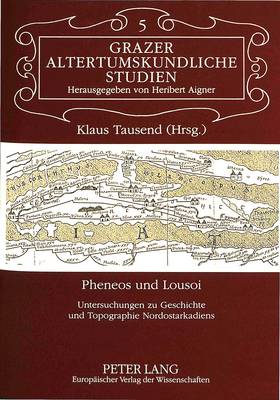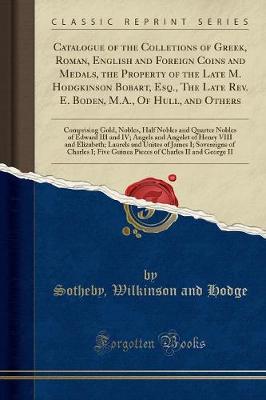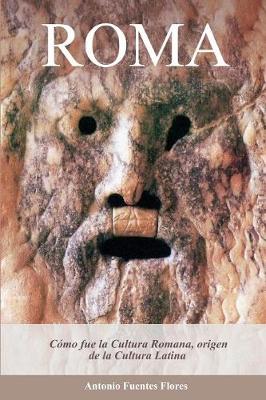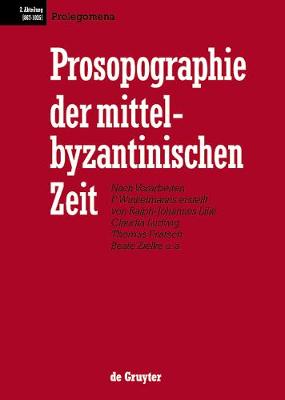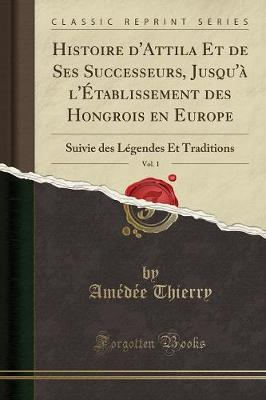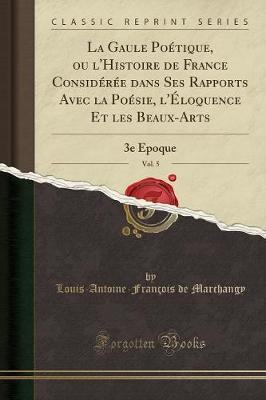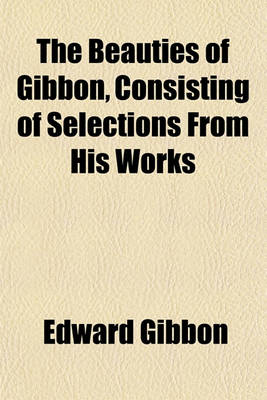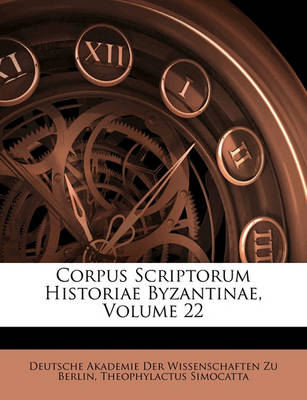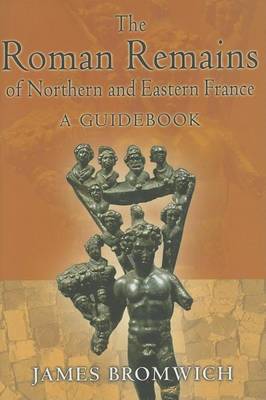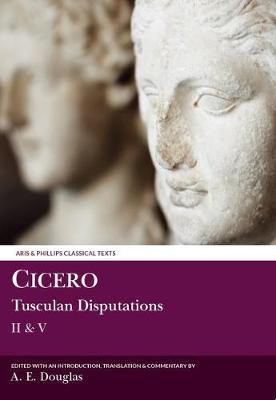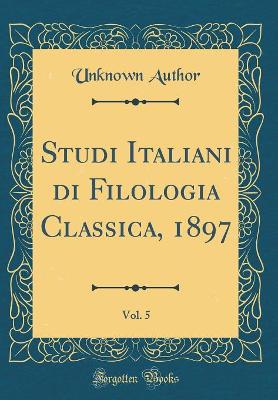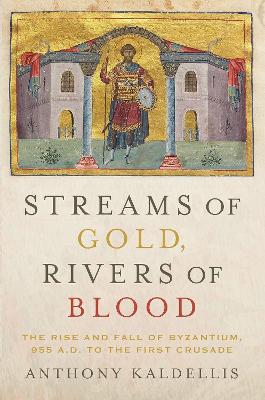Botteghe Romane (Vita E Costumi Nel Mondo Romano Antico, #27)
by Grazia Grimaldi Bernardi
Dura-Europos, on the Syrian Euphrates, is one of the best preserved and most extensively excavated sites of the Roman world. A Hellenistic foundation later held by the Parthians and then the Romans, Dura had a Roman military garrison installed within its city walls before it was taken by the Sasanians in the mid-third century. The Inner Lives of Ancient Houses is the first study to consider the houses of the site as a whole. The houses were excavated by a team from Yale and the French Academy...
In the Germania Tacitus provides the most-detailed extant account of the German peoples in Antiquity. This edition is one of two which claim to be the first in English for over sixty years. It contains both text and translation and a brief commentary, with an appendix of illustrations of Domitianic coins. The popular facing page translation format is perfect for the student looking for accessibility in a text which for too long has been the preserve of German scholarship.
Die Studie verfolgt die Absicht, die bislang wissenschaftlich weitgehend 'stiefmutterlich' behandelten arkadischen Poleis Pheneos und Lousoi in ihrer historischen Entwicklung zu verfolgen. Dies geschieht auf der Basis von antiken literarischen und epigraphischen Quellen und archaologischen Evidenzen. Im Laufe dreier Surveys konnte der Bestand an archaologischen Zeugnissen vervielfacht werden. Eine Synopse des erschlossenen Quellenmaterials gestattet Einblicke in die politische Geschichte und gib...
Prosopographie der mittelbyzantinischen Zeit, Prolegomena
by Et Al, Thomas Pratsch, and Professor of Medieval History Ralph-Johannes Lilie
Histoire d'Attila Et de Ses Successeurs, Jusqu'a l'Etablissement Des Hongrois En Europe, Vol. 1
by Amedee Thierry
This ground-breaking study is the first to employ modern international relations theory to place Roman militarism and expansion of power within the broader Mediterranean context of interstate anarchy. Arthur M. Eckstein challenges claims that Rome was an exceptionally warlike and aggressive state - not merely in modern but in ancient terms - by arguing that intense militarism and aggressiveness were common among all Mediterranean polities from ca 750 B.C. onwards. In his wide-ranging and masterf...
Untersuchungen Zur Geschichte Des Kaisers Septimius Severus (Classic Reprint)
by Johannes Hasebroek
Poetic Autonomy in Ancient Rome
by Assistant Professor of Classics Luke Roman
The Beauties of Gibbon, Consisting of Selections from His Works
by Edward Gibbon
Corpus Scriptorum Historiae Byzantinae, Volume 22
by Theophylactus Simocatta
Roman Remains of Northern and Eastern France, The: A Guidebook
by James Bromwich
Cicero: Tusculan Disputations II & V (Aris & Phillips Classical Texts)
The Fifth Tusculan Disputation is the finest of the five books, its nearest rival being the First (also edited in this series). The middle three books, represented in this edition by the Second, are, as the author clearly intended, less elevated, though still showing Cicero's flair for elegant and lively exposition, and providing much valuable information about the teaching of the main Hellenistic philosophical schools, especially the Stoics. They argue that the perfect human life, or complete h...
Studi Italiani Di Filologia Classica, 1897, Vol. 5 (Classic Reprint)
by Unknown Author
Streams of Gold, Rivers of Blood (Onassis Series in Hellenic Culture)
by Anthony Kaldellis
In the second half of the tenth century, Byzantium embarked on a series of spectacular conquests: first in the southeast against the Arabs, then in Bulgaria, and finally in the Georgian and Armenian lands. By the early eleventh century, the empire was the most powerful state in the Mediterranean. It was also expanding economically, demographically, and, in time, intellectually as well. Yet this imperial project came to a crashing collapse fifty years later, when political disunity, fiscal misman...

